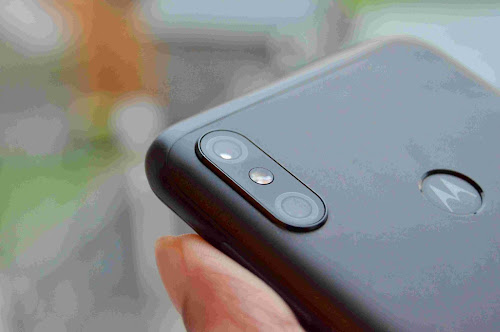Basically, fingerprint sensors are employed in smartphones to ensure & upgrade the security of smartphones. Now in that, lots of types had come and we are using that on a daily basis.
We are using but Did you know?
- what is actually happening inside the sensors?
- what are the types of fingerprint sensors available in the market?
How does the fingerprint sensor work?
Two things which are present in our fingers are ridges and valleys.
All the fingerprint sensors work by using these ridges and valleys in our fingers.
Ridges- a minute bump that cannot be seen by our human eye.
Valleys- a minute gap that cannot be seen by our human eye.
Initially, fingerprint sensors read the ridges and valleys present in the fingers by the pressure given by the user and record the data for unlocking purposes.
It compares the recorded data with the current impression and unlocks the phone if the record matches.
- This unlocking process will complete within milliseconds.
Types of Fingerprint sensors in smartphones
- Capacitive Fingerprint sensor.
- Optical fingerprint sensor.
- Ultrasonic fingerprint sensor.
Capacitive Fingerprint sensor
- It is basically a physical sensor that is present on the backside, power button, or home button of the smartphones.
- This sensor contains lots of data collecting capacitor which stores the ridges and valleys in your fingerprint and stores the data.
- So when the user tries to unlock the smartphone with his fingerprint sensor compares the recorded data with the current data if data matched it unlocks the phone.
Optical Fingerprint sensor
- This is the first-gen In-display fingerprint sensor which is actually a light-based fingerprint sensor.
- When the user gives pressure to the sensor it emits the light rays and records the areas of ridges and valleys in the fingerprints like 2D data.
- So when the user tries to unlock the smartphone with his fingerprint sensor it emits light compares the recorded data with the current data if data matched it unlocks the phone.
- This type of sensor actually works under AMOLED or OLED displays which are transparent but not on LCD display because of its opaque in nature.
- It is bulky(space-consuming sensor).
- Most of the phones that have In-display fingerprint scanners are mostly optical scanners. Because of its lightning-fast unlock, most of the brands use optical fingerprint scanners for their smartphones.
Ultrasonic fingerprint sensor
- This is the second-gen or latest In-display fingerprint technology which actually works faster and accurately compared to the optical fingerprint sensor.
- It is a more secure and space compact sensor when compared to the optical sensor.
- This sensor emits ultrasonic sound waves that can travel through mediums like (air, liquid, glass, metal) and records the ridges and valleys in our fingerprints like 3D data.
- This sensor is not found in the majority of the smartphones, it is because that this sensor works only under the thin flexible OLED display.
- Compared to 2D, 3D is a more accurate and secure scanner in which there is no chance of spoofing the scanner.
- This sensor can only be seen in flagship smartphones.
Did you know?










0 Comments